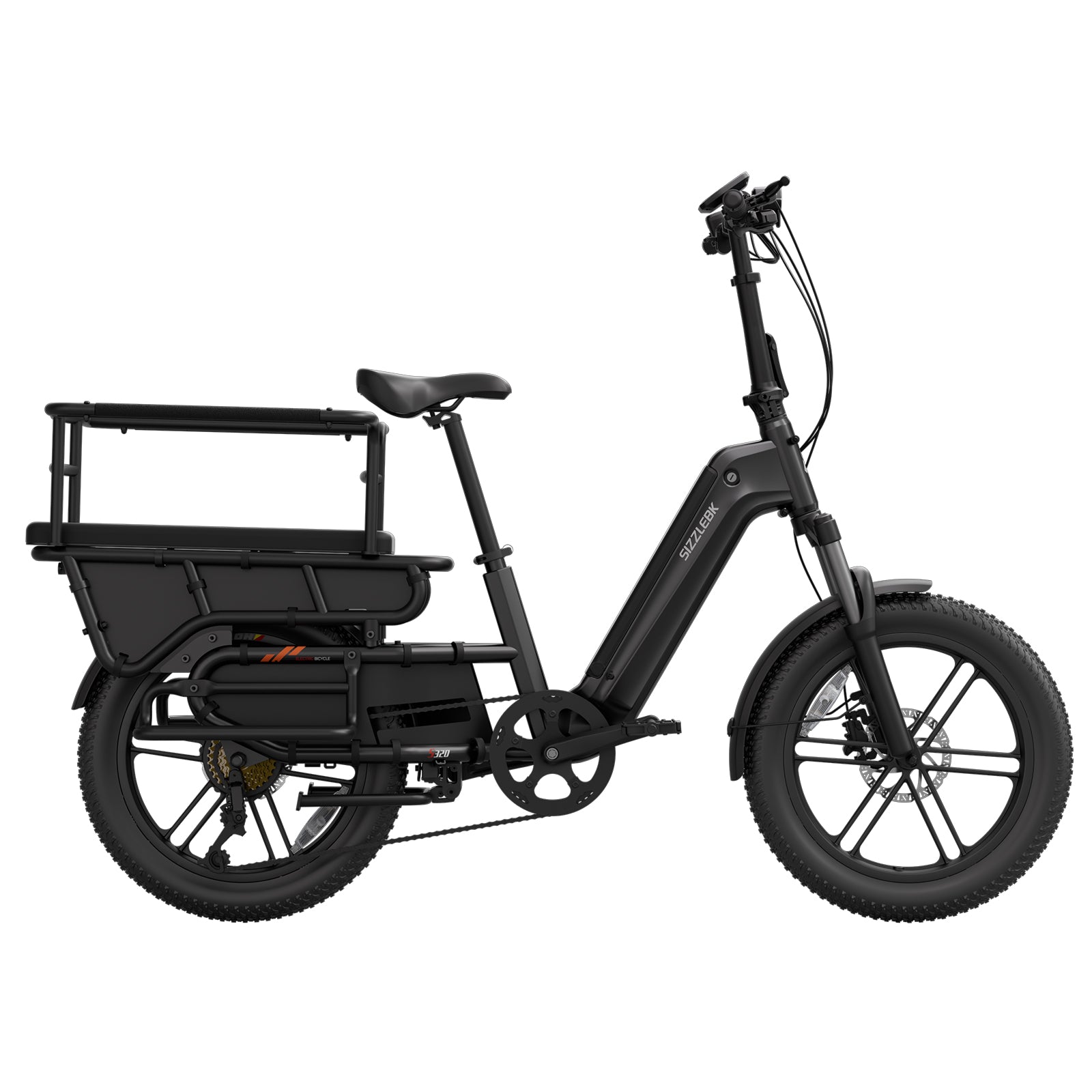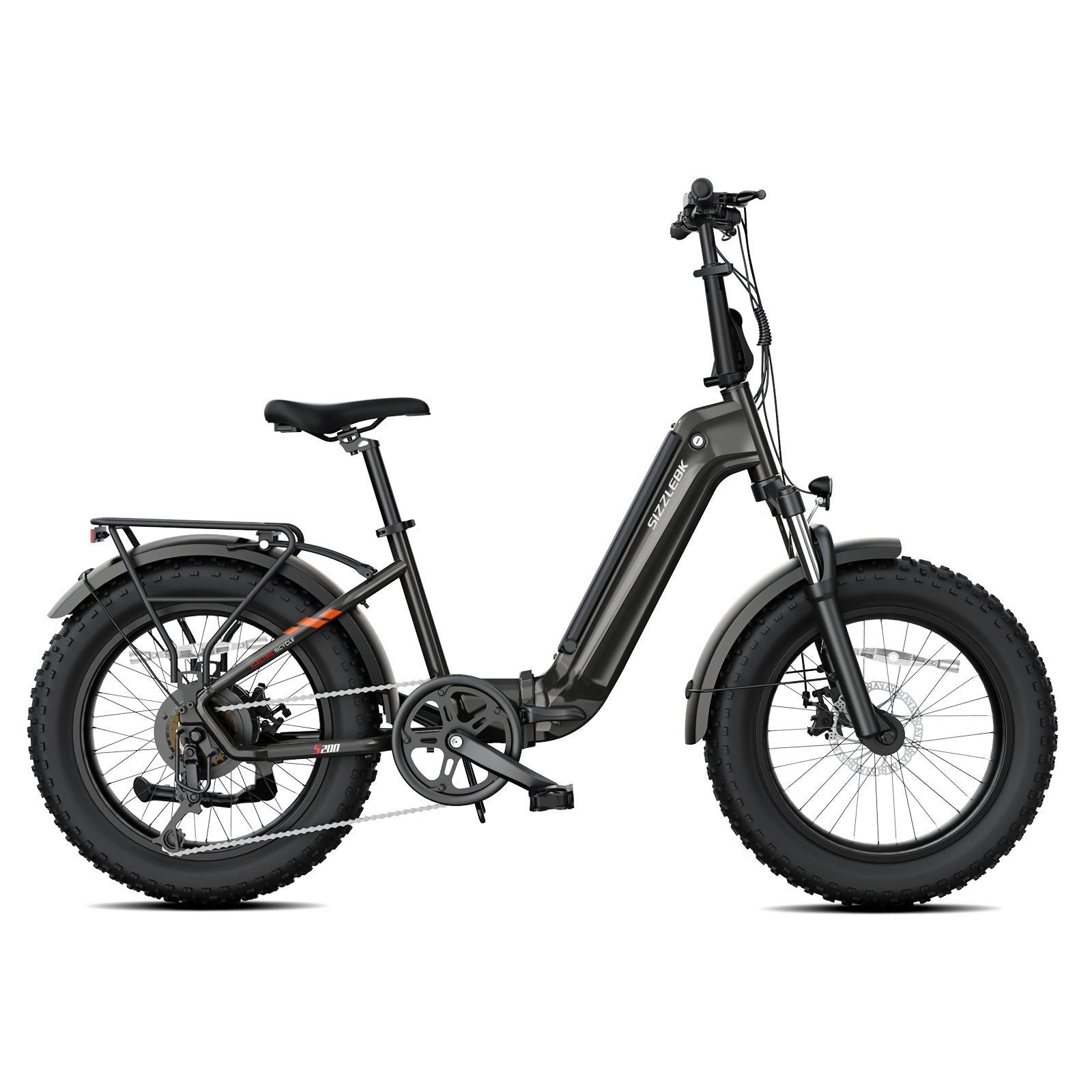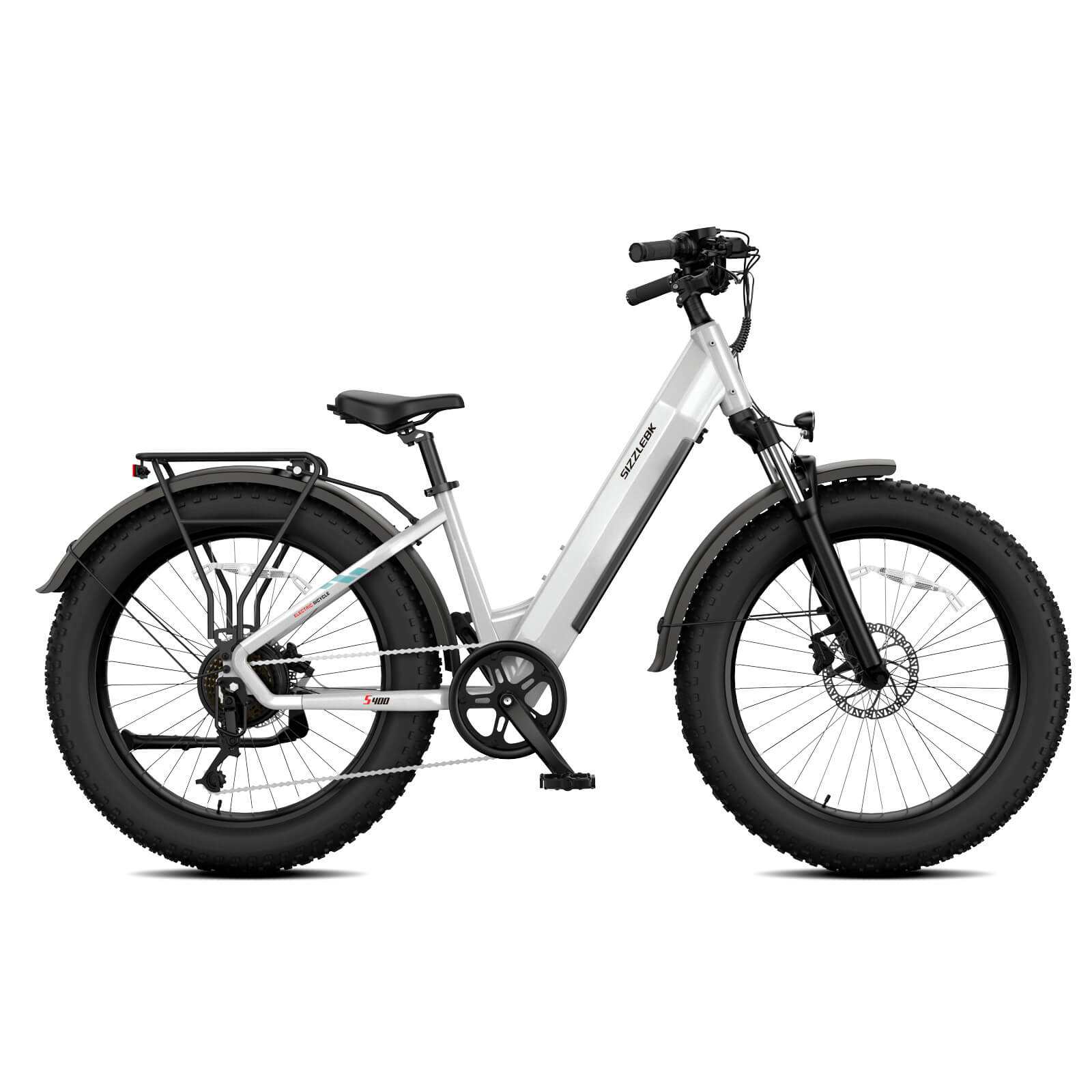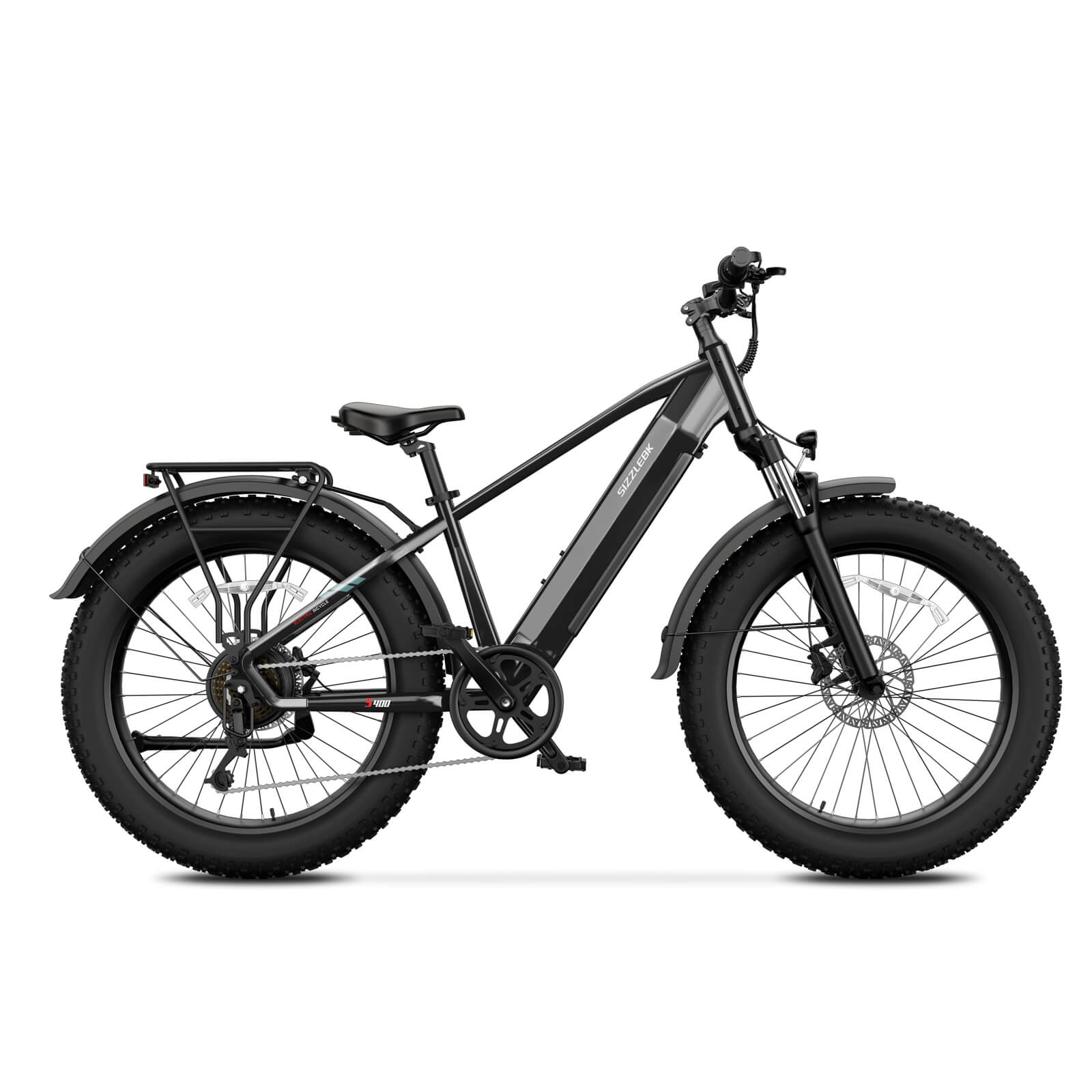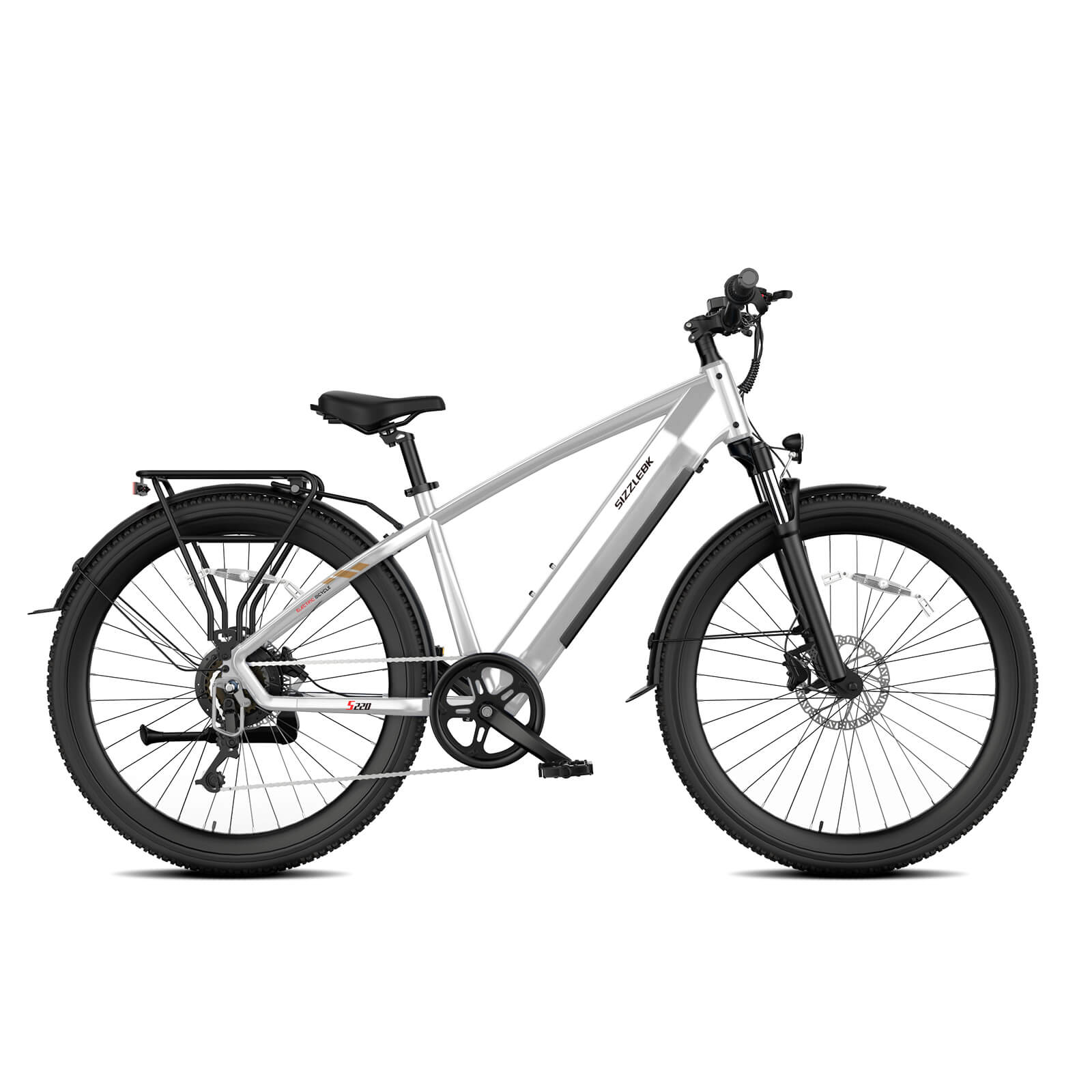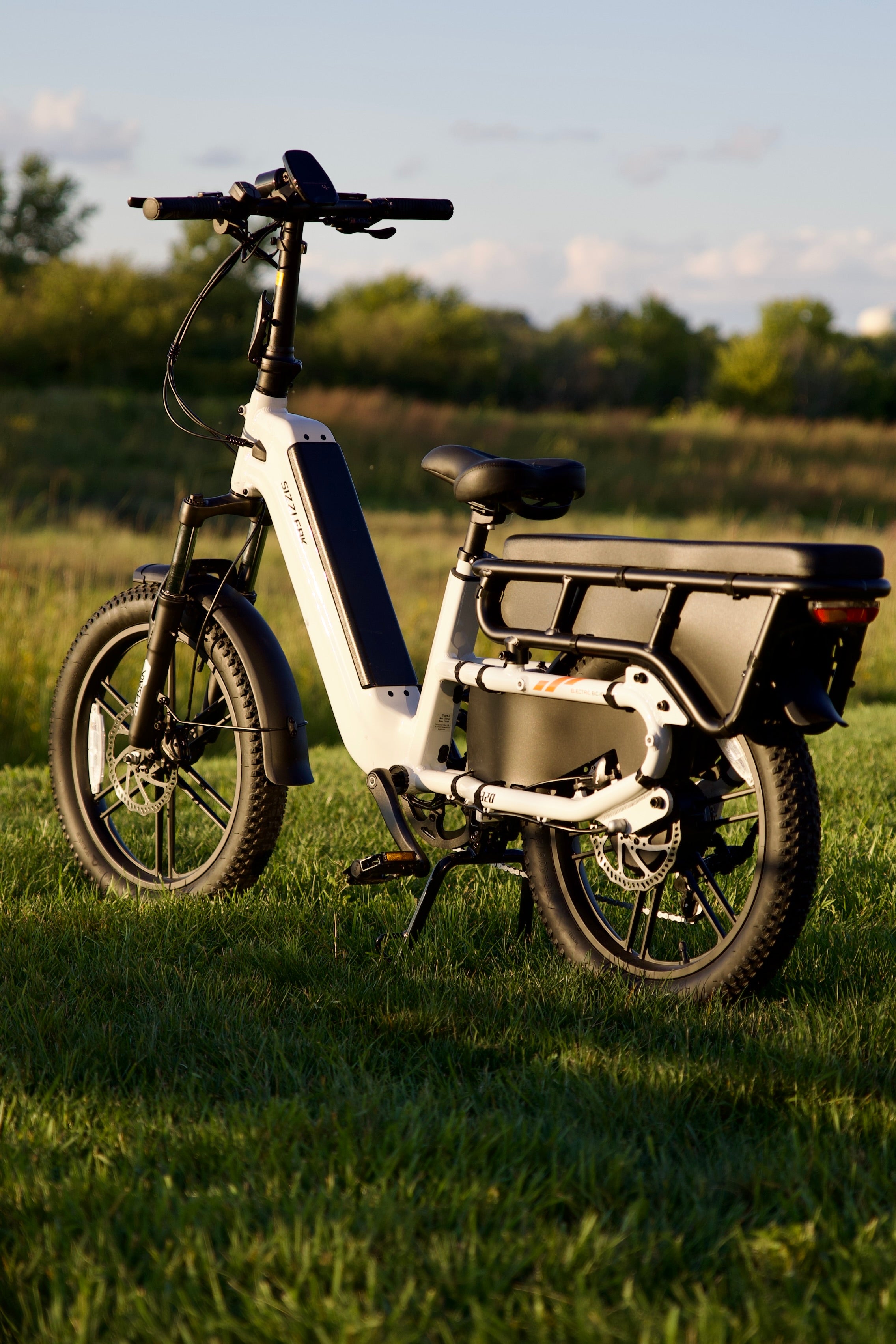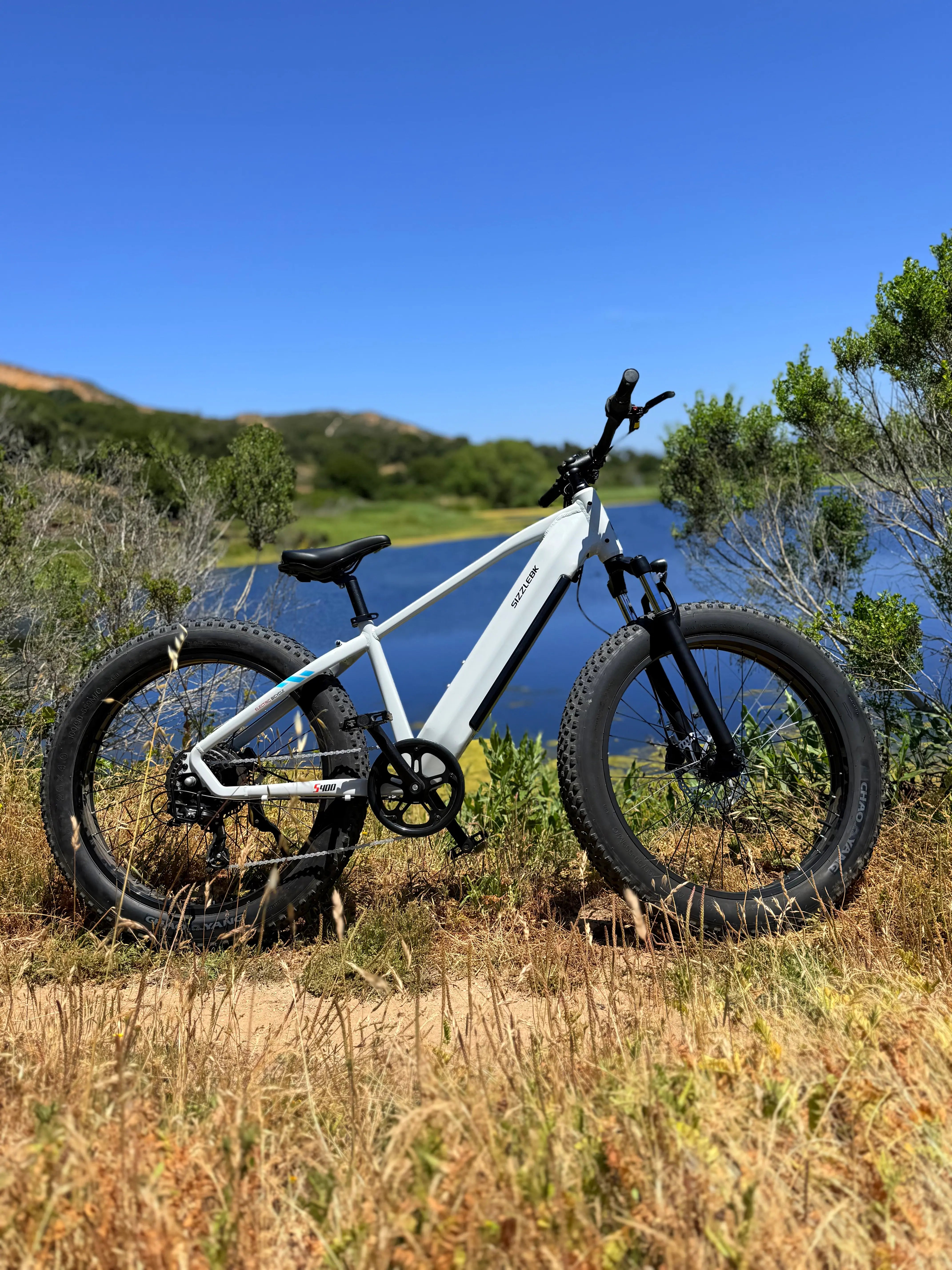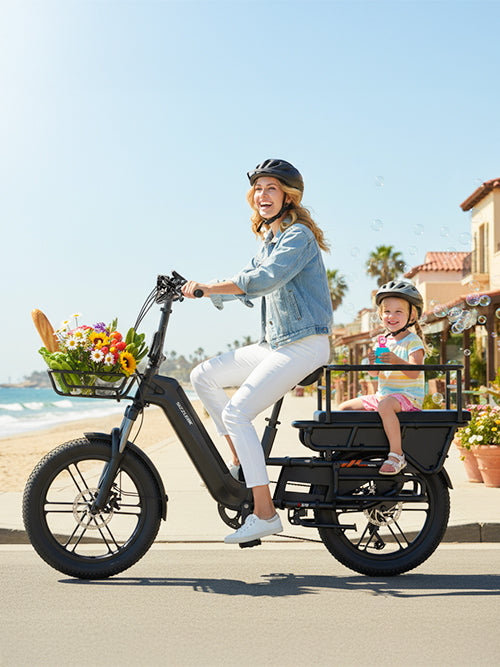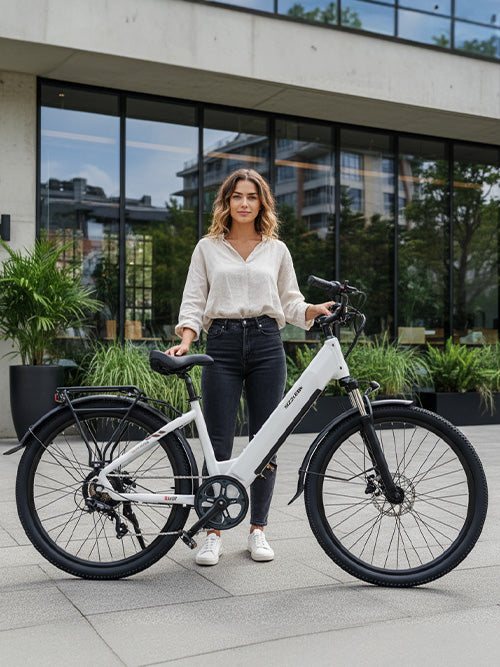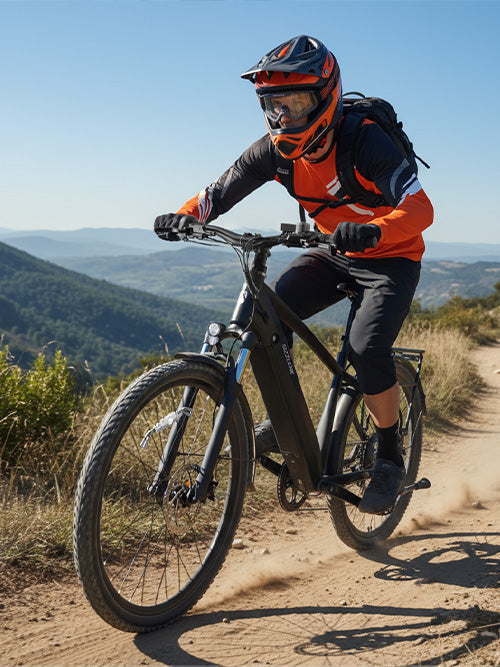In recent years, passenger electric bikes have emerged as one of the most significant innovations in personal transportation. As urban congestion increases and environmental awareness grows, more commuters are turning to electric bikes for daily travel. These bikes offer a practical, eco-friendly, and efficient alternative to traditional transportation modes.
Passenger e-bikes are not a passing trend—they represent a fundamental shift in how people move through cities. In this article, we'll explore why passenger electric bikes are rising in popularity, how they function, and what makes them ideal for modern commuting.
What Are Passenger Electric Bikes?
Passenger electric bikes—commonly called e-bikes—are bicycles equipped with an electric motor that assists the rider’s pedaling. Unlike scooters or mopeds, e-bikes retain the essence of cycling while significantly reducing the effort required, especially when climbing hills or covering long distances.
How They Work:
-
Electric motor: Typically powered by a rechargeable lithium-ion battery.
-
Pedal assist (PAS): Motor provides help when you pedal, adjustable based on terrain or rider preference.
-
Throttle mode (in some models): Allows motor-only operation for full electric riding.
Why Passenger E-Bikes Are Gaining Popularity
1. Eco-Friendly Transportation
Passenger electric bikes produce zero emissions, making them an environmentally responsible choice. As global cities grapple with climate change, reducing traffic-related pollution is critical—and e-bikes are a powerful solution.
2. Cost-Effective Commute
While the upfront investment may be higher than traditional bikes, the long-term savings are considerable:
-
No gas expenses
-
Minimal maintenance
-
Avoidance of parking fees or transit passes
3. Health Benefits
Riders still pedal, promoting cardiovascular health and regular exercise. The electric assist makes it easier to integrate cycling into your routine, especially for longer commutes or less experienced riders.
4. Time Efficiency
In dense urban areas, e-bikes can shorten commute times by avoiding traffic and using bike lanes. They also allow more flexible route options compared to cars or buses.
Key Features to Look For in a Passenger Electric Bike
1. Battery Capacity
Choose an e-bike with a battery range that supports your daily distance needs. Look for removable batteries with fast charging capabilities and long life cycles.
2. Motor Power
Motor wattage (usually between 250W and 750W) determines how much assistance the bike provides. Higher power is better for hilly or longer rides.
3. Frame Design
Opt for a lightweight yet sturdy frame, preferably made from aluminum or carbon steel. Consider step-through frames for easy mounting, especially if you carry cargo or passengers.
4. Passenger Support
Many e-bikes now include rear racks, seats, or foot pegs for passengers. These features make commuting with a child or an adult passenger safe and comfortable.
5. Safety Features
Ensure your e-bike has:
-
Integrated front and rear lights
-
Reflective surfaces
-
Reliable disc brakes
-
Suspension systems for shock absorption
The Future of Passenger Electric Bikes
As battery and motor technology continue to improve, the next generation of e-bikes will become even more efficient, durable, and affordable. Meanwhile, cities are rapidly expanding cycling infrastructure to support this evolution, including dedicated bike lanes and secure e-bike parking.
Government Support & Incentives
Many governments offer:
-
Tax credits
-
Purchase subsidies
-
Infrastructure investment
These policies not only make e-bikes more accessible but also accelerate the shift toward sustainable urban mobility.
Frequently Asked Questions (FAQs)
1. What’s the difference between a regular e-bike and a passenger electric bike?
A passenger electric bike is designed with features to safely accommodate extra weight—such as a child, adult, or cargo—making it suitable for carrying passengers.
2. How far can a passenger e-bike travel on one charge?
Most models offer a range of 25–70 miles per charge, depending on battery size, terrain, rider weight, and power settings.
3. Can I ride a passenger electric bike in bike lanes?
Yes, in most cities, passenger e-bikes are legally permitted in bike lanes, but regulations may vary, so always check local laws.
4. Are passenger e-bikes safe for kids or additional riders?
Yes, many models include or support secure child seats, footrests, and harnesses. Always use proper safety gear and follow manufacturer recommendations.
5. Do I need a license or insurance to ride a passenger electric bike?
Generally, no license or insurance is required for low-speed (Class 1 or Class 2) e-bikes. However, this may vary by location and e-bike class.
Final Thoughts
Passenger electric bikes are revolutionizing commuting by offering a greener, more affordable, and healthier alternative to cars and public transport. Whether you're a parent, a city commuter, or someone looking to reduce your carbon footprint, there's an e-bike designed to suit your lifestyle.
Investing in a passenger e-bike is more than just a transportation choice—it’s a commitment to sustainability, well-being, and freedom. As cities continue to evolve, embracing electric bikes is a smart move toward a cleaner and more connected future.
